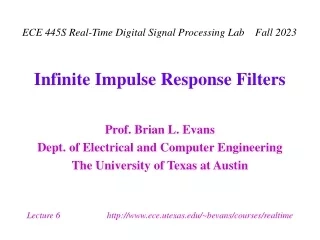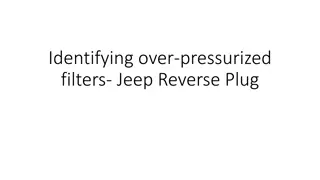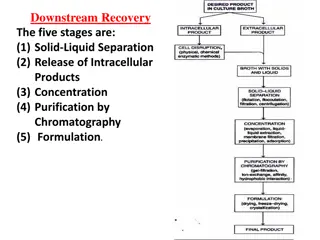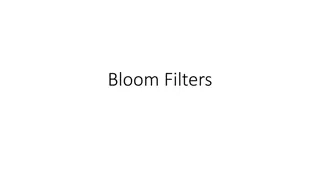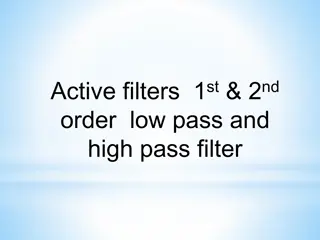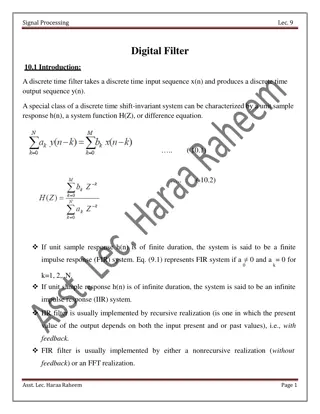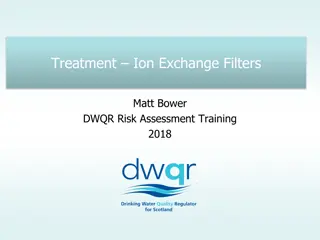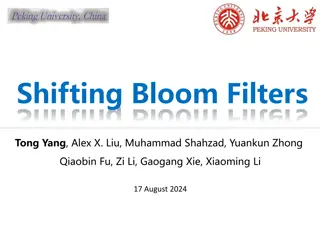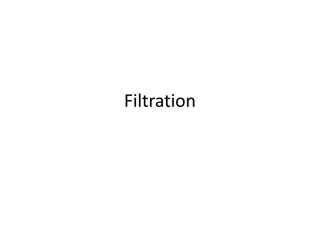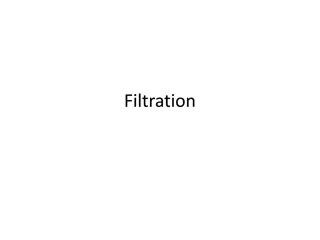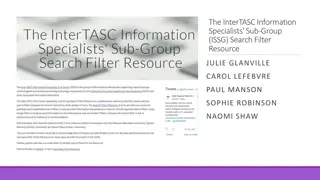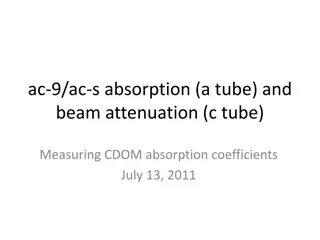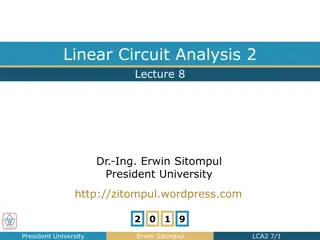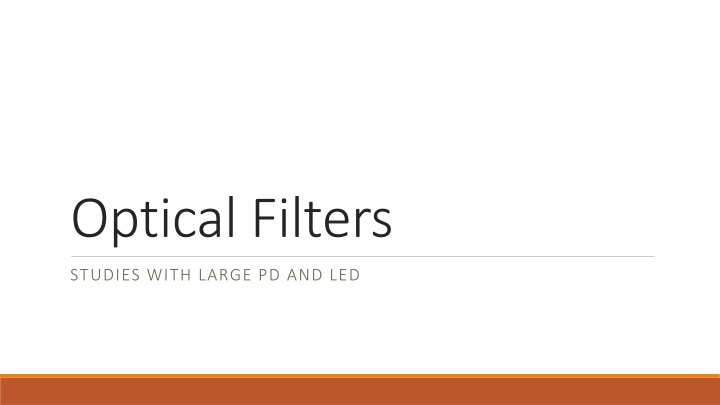
Study on Optical Filters with Large PD and LED Transmission Variations
Explore the analysis of optical filters with varying transmission values using large PD and LED setups. The study includes testing of filters, transmission spectrums, measurements equipment, and results to determine the optimal dynamic range for signal attenuation. Findings suggest a need for custom filters for precise attenuation in different PD scenarios.
Download Presentation

Please find below an Image/Link to download the presentation.
The content on the website is provided AS IS for your information and personal use only. It may not be sold, licensed, or shared on other websites without obtaining consent from the author. If you encounter any issues during the download, it is possible that the publisher has removed the file from their server.
You are allowed to download the files provided on this website for personal or commercial use, subject to the condition that they are used lawfully. All files are the property of their respective owners.
The content on the website is provided AS IS for your information and personal use only. It may not be sold, licensed, or shared on other websites without obtaining consent from the author.
E N D
Presentation Transcript
Optical Filters STUDIES WITH LARGE PD AND LED
Filters 3 filters by Knight Optical were tested: FNP0650: Gelatin ND filter, Optical density 0.6, Transmission 25% FNP1050: Gelatin ND filter, Optical density 1.0, Transmission 10% FNP2050: Gelatin ND filter, Optical density 2.0, Transmission 1% OD and T values @ 546nm 2 8/26/2020 HERD INFN FLORENCE O.STARODUBTSEV
Filters. Transmission spectrums 25% 10% 1% Strong transmission variation in UV range 3 8/26/2020 HERD INFN FLORENCE O.STARODUBTSEV
Filters. Transmission spectrums 1% 10% 25% Transmission values recovered for 417 nm 10 Filter % Transm @ 417 nm Transmission (%) 1 0,25 1 10 25 7,36817 24,87834 0,1 0,01 200 250 300 350 400 450 500 550 Wavelength (nm) 4 8/26/2020 HERD INFN FLORENCE O.STARODUBTSEV
Measuremens Equipment: Large PD, Amptek A250 charge preamp, Amptek PX5 DPA, 417 nm LED, Tektronix 31000 pulser. Pulser/LED parameters: Frequency: 1 kHz Amplitude: 4 V Width: 200 nS LED-PD distance: 80 mm Amptek parameters: Digital gain variable only 25%, 10%, 1% and 25%+10% filters were tested 5 8/26/2020 HERD INFN FLORENCE O.STARODUBTSEV
Results x1 G1 x0,25 G1 x0,25 G2 x0,1 G2 x0,01 G3 x0,1+0,25 G2 1400 1200 Filter Peak position 1578,26388 356,49017 117,06269 25,96899 Tr. meas Tr. spec 1000 1 100 Counts 0,25 0,1 22,58749 7,41718 1,64541 0,62132 24,87834 7,36817 1,83308 800 0,25+0,1 600 0,01 9,8061 0,25 400 200 0 0 250 500 750 1000 1250 1500 1750 Ampl (norm ADC) 6 8/26/2020 HERD INFN FLORENCE O.STARODUBTSEV
Results For optimal dynamic range with old LDP, signal ratio for large and small PD should be in order 3000, means with current signal ratio ~ 65 we need attenuate the signal with a factor of 50. FNP15 In the studied configuration the 25%+10% filters combination has nearest parameters. Calculated attenuation is about 55 and measured one is ~ 60. The nearest ready to use solution is FNP15 filter with 3,2% transmission and attenuation factor of 30. For precise attenuation we need custom filer with transmission about 2-2,5% at 420 nm. For new LDP the attenuation should be higher of factor 3 (approximately). Additional studies are needed. 7 8/26/2020 HERD INFN FLORENCE O.STARODUBTSEV

